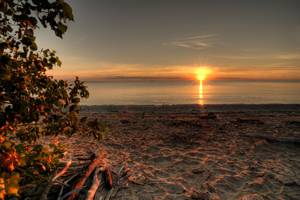… you feed them for a lifetime. Congratulations to CFAES’s Suzanne Gray, assistant professor of aquatic physiological ecology, School of Environment and Natural Resources, who today was named a recipient of Ohio State’s top honor for teaching. Gray is the fourth from the left.
What a #greatday @CFAES_OSU @ENRAlumni @OSUEnvironment surprising @graysm25 with @OhioState Distinguished Teaching Award in her classroom. #CFAESproud pic.twitter.com/Hfh5OgP6sM
— Cathann Kress (@cathannkress) March 1, 2018



 “Freshwater fishes face extreme challenges associated with human activities in and near water,” says
“Freshwater fishes face extreme challenges associated with human activities in and near water,” says 

